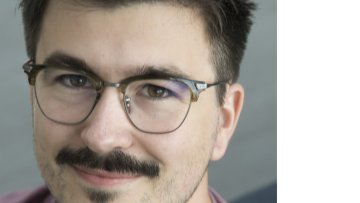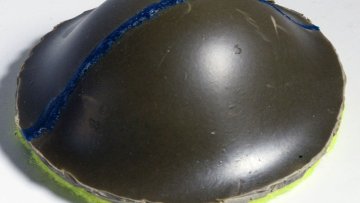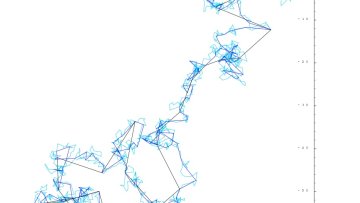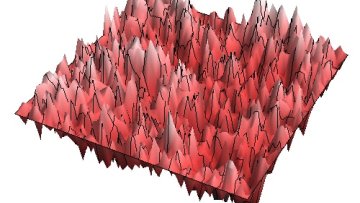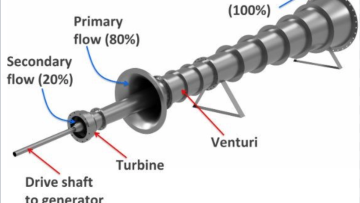Fixation and spread of somatic mutations in adult human colonic epithelium
Abstract
Cancer causing mutations must become permanently fixed within tissues.
Please note that this will be held at Tsuzuki Lecture Theatre, St Annes College, Oxford.
Please note that you will need to register for this event via https://www.eventbrite.co.uk/e/qbiox-colloquium-trinity-term-2018-ticke…


